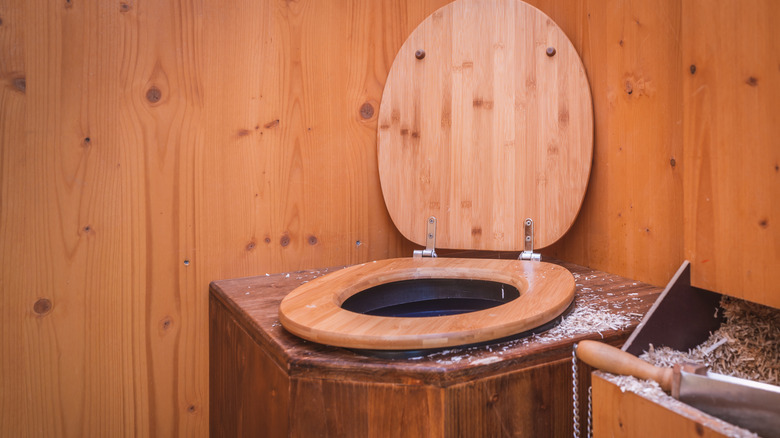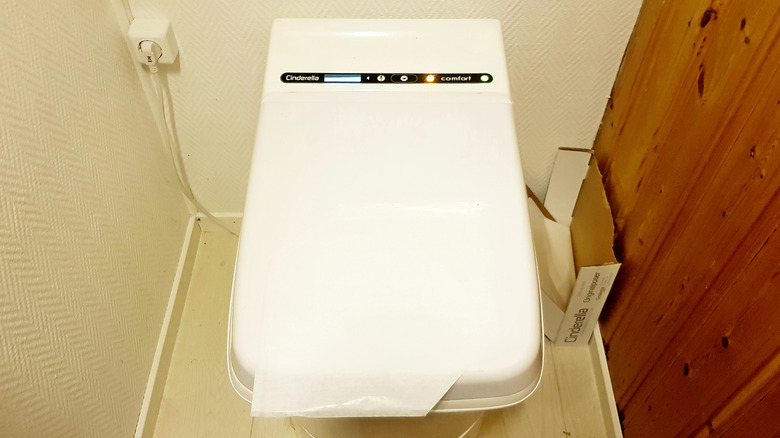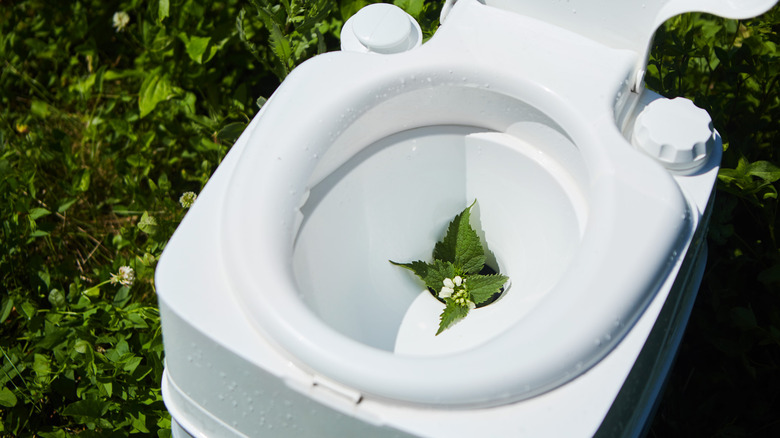The Benefits Of An Incinerator Toilet Vs A Compost Toilet
When it comes to eco-friendly bathroom solutions, incinerator and compost toilets stand out as two of the most popular alternatives to traditional plumbing. The difference between the two is their processing methods: One burns waste away while the other transforms it into something useful. Incinerator toilets use electric heat to reduce waste to a clean, and odor-free ash with minimal maintenance. Compost toilets, on the other hand, use natural decomposition to break down waste into a usable fertilizer.
Choosing which toilet works for you really depends on your preferences. Incinerator toilets are very convenient and eliminate the need for water or regular emptying of compost bins. They work great for cabins, tiny homes, or places with limited space. Compost toilets appeal to those who focus more on zero-waste living. There are plenty of benefits to composting at home, and these toilets recycle waste into nutrient-rich compost for non-edible plants. Installation and upkeep also differ greatly. Finally, incinerators need significant electricity to operate, while compost toilets require proper ventilation and regular compost management.
Incinerator toilets: Is burning waste the right choice for you?
Incinerator toilets offer a quick and easy approach to waste management. With the push of a button, they turn your mess into a small amount of ash. No water, no composting, no lingering smells. This makes them perfect for cold climates where traditional composting is more difficult. They're also very compact, fitting into spaces where a whole compost system wouldn't be feasible. The smaller profile works nicely for those looking to maximize their space in a tiny home. They do come with some drawbacks. The burning process requires electricity, making them unfit for areas without a reliable power source, and the power draw may be too great for those living off the grid.
Another consideration is cost, incinerator toilets tend to have a higher upfront cost compared to compost versions. There are also ongoing costs for electricity and mandatory wax paper liners. The process can also creates a slight odor while being used, but that will go away quickly, and can be vented. Maintenance is minimal (once or twice per year), but you do need to empty the ash container regularly and the main interior surface needs occasional cleaning to prevent residue build up. For those who have a stable energy source, and prefer a ""less-mess" situation, an incinerator toilet is a great choice.
Compost toilets: Turning waste into resources
Compost toilets are for those who prefer a self-sustaining, lower-energy lifestyle. By separating liquids and solids, compost toilets encourage aerobic decomposition which converts the waste into a usable fertilizer over time. Unlike incinerator models, many do not require electricity, making them a true off-the-grid option. They are also more affordable upfront, but do require more maintenance and cleaning (enzymatic cleaners are recommended to protect the compost).
As with any system, some issues might make you reconsider a composting toilet. They work best in warm climates where the heat allows microbial activity to thrive. Proper ventilation is also very important with this system, especially since the compost needs occasional turning to make sure things are breaking down correctly. The finished product is safe to use on ornamental plants but fans of edible gardens should avoid using it without extra treatments. Some people also find the idea of handling this type of compost off-putting, even though modern models don't require much direct contact. However, if you're committed to environmentally friendly living and don't mind the upkeep, a compost toilet can be a very useful hack to help create a sustainable home.


